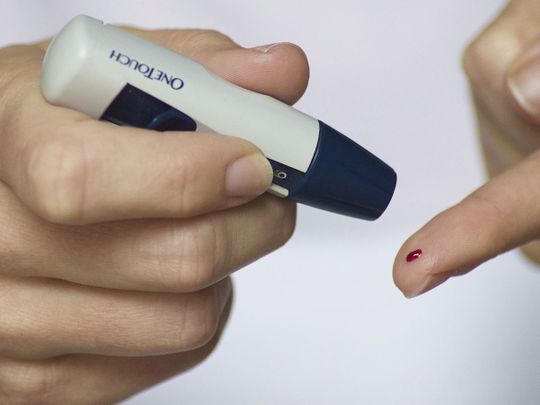
A new study suggests that diabetes drug metformin, the first line of defence against the disease, could be behind an increased risk of birth defects in the offspring of men who took it during sperm development.
The study, published in Annals of Internal Medicine on March 28, 2022, was based on data from more than 1.1 million babies born in Denmark between 1997 and 2016 and their fathers.
The analysis was based on the Danish medical registries to connect data on births, paternal metformin prescriptions, and birth defects.
Rare genital defects
The study, reported by Science on the same day, pointed to “rare” genital defects seen in sons of men taking the diabetes drug.
Data analysis showed the sons born to those men taking metformin were more than three times as likely to have a genital birth defect as unexposed babies, according to the study.
Metformin is a synthetic compound that lowers blood sugar by boosting insulin sensitivity, has skyrocketed with the obesity epidemic and attendant diagnoses of type 2 diabetes.
Metformin was discovered in 1922 and was approved in Europe to treat diabetes in the 1950s.
The genital defects, such as “hypospadias” when the urethra does not exit from the tip of the penis, were relatively rare — occurring in 0.9% of all babies whose biological fathers took metformin in the 3 months before conception.
However, epidemiologists say the study is significant as tens of millions of people worldwide take metformin.
Data
Denmark has a comprehensive medical registry which researchers poured through for data from more than 1.1 million babies born in Denmark between 1997 and 2016.
“In the 1,451 offspring of men who filled metformin prescriptions during the 90 days before conception, the period when sperm are being made, the team found a 5.2% rate of birth defects, compared with 3.3% among unexposed babies,” the report stated.
This translates to 1.4 times higher risk of at least one major birth defect — including genital, digestive, urinary, and heart defects, after adjustments for paternal age and other factors, the study pointed out.
The risk of genital defects for male infants was larger: 0.9% for “exposed” babies, against 0.24% in “unexposed” babies.
Real numbers
The study pointed out that real numbers were small — 13 metformin-exposed boys born with genital defects.
But after the researchers adjusted for factors including parental ages and maternal smoking status, they found a 3.39-fold rise in the likelihood of a genital defect.
No effect
As for offspring of men who took the drug earlier in life, or in the year before or after the 90-day window of sperm production, the researchers saw no effect.
Moreover, there was no additional risk in unexposed siblings of metformin-exposed babies, or in infants of diabetic fathers who took insulin or were not on metformin.
The researchers point to a likely impact of the drug on sperm formation — rather than diabetes itself or another factor intrinsic to the men behind the increased risk of defects.












